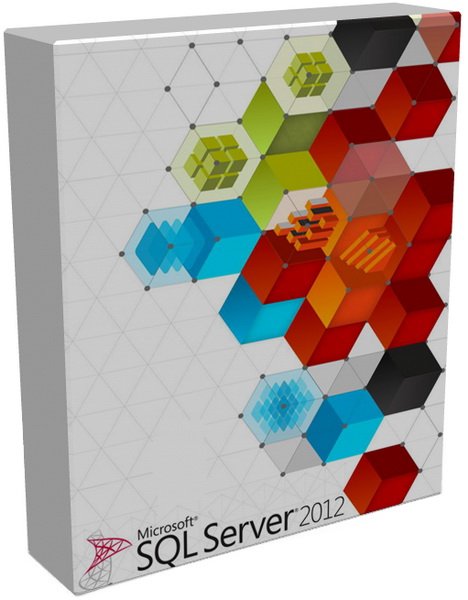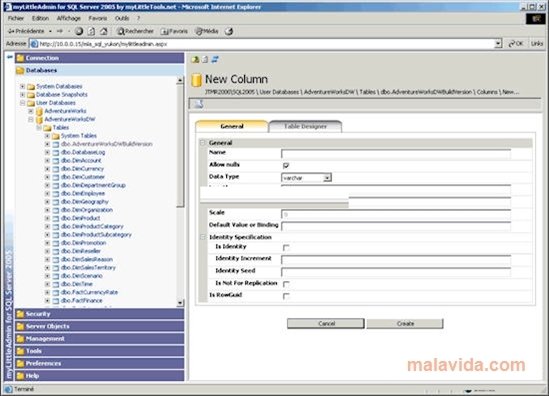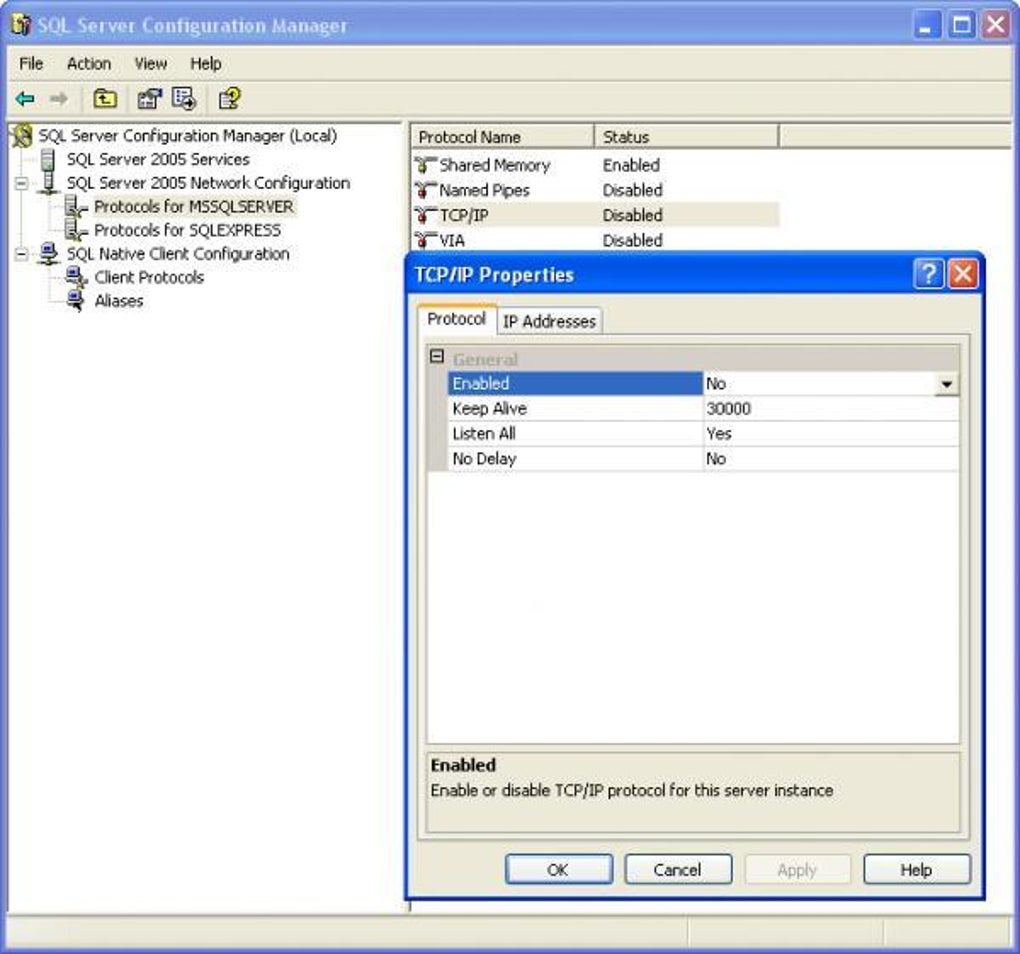

Microsoft Sql 2005 Sp3 Update For SQL
Delays aside, we can therefore expect SQL Server 2005 SP3 to be released sometime in the fourth quarter of 2008. Microsoft markets at least a dozen different. Common EFT Issues in Microsoft Dynamics GP 2010 Read More Unknown error. To SQL 2008 by following these 10 steps: Create an SSIS 2005 package and.Every two months, ISM issues a cumulative update for SQL Server 2005 that rolls together all the updates released in those two months. Thus far, there have been seven such updates (the seventh package was just released). Although this model seemed to keep customers satisfied, some have suggested to Microsoft that a Service Pack 3 is needed.Francois Ajenstat, Microsoft's director of SQL Server marketing, announced on his blog that Microsoft would be responding to the request: "I'm happy to inform you that we will in fact deliver an SP3 following the release to manufacturing of SQL Server 2008.

SQL Server 7.0 also introduced a multi-dimensional database product called SQL OLAP Services (which became Analysis Services in SQL Server 2000).SQL Server 7.0 would be the last version to run on the DEC Alpha platform. User Mode Scheduling (UMS) was introduced to handle SQL Server threads better than Windows preemptive multi-threading, also adding support for fibers (lightweight threads, introduced in NT 4.0, which are used to avoid context switching ). Extents thereby grew from 16k bytes to 64k bytes.
Microsoft Sql 2005 Sp3 Code Had Been
an extract-transform-load (ETL) tool (SQL Server Integration Services or SSIS) Since the release of SQL Server 2000, advances have been made in performance, the client IDE tools, and several complementary systems that are packaged with SQL Server 2005. By SQL Server 2005 the legacy Sybase code had been completely rewritten. Mainstream Support Ended on December 31, 2005, as Extended Support Ended on January 11, 2011.SQL Server 2000 included more modifications and extensions to the Sybase code base, adding support for the IA-64 architecture (now out of "mainstream" support ).
(not to be confused with the x86-64 platform) Only the SQL Server relational engine and SQL Agent were ported to Itanium at this time. With the release of Service Pack 3, Microsoft also released the first 64-bit version of the SQL Server for the Itanium IA-64 platform. several messaging technologies, specifically Service Broker and Notification ServicesSQL Server 2000 also introduced many T-SQL language enhancements, such as table variables, user-defined functions, indexed views, INSTEAD OF triggers, cascading referential constraints and some basic XML support. an OLAP and data mining server ( Analysis Services)
XML is converted to an internal binary data type before being stored in the database. XML columns can be associated with XSD schemas XML data being stored is verified against the schema. For this purpose, it defined an xml data type that could be used either as a data type in database columns or as literals in queries. It included native support for managing XML data, in addition to relational data. The first release of SQL IA-64 was version 8.00.760, with a build date of February 6, 2003.Mainstream Support Ended on Apand Extended Support Ended April 9, 2013.SQL Server 2005 (formerly codenamed "Yukon") released in November 2005.

Data pages are checksummed for better error resiliency, and optimistic concurrency support has been added for better performance. SQL Server 2005 has also been enhanced with new indexing algorithms, syntax and better error recovery systems. For relational data, T-SQL has been augmented with error handling features (try/catch) and support for recursive queries with CTEs (Common Table Expressions). Common Language Runtime (CLR) integration was introduced with this version, enabling one to write SQL code as Managed Code by the CLR.
SQL Server 2005 was the first version with native support for the x64 platform. SQL Server 2005 introduced DMVs (Dynamic Management Views), which are specialized views and functions that return server state information that can be used to monitor the health of a server instance, diagnose problems, and tune performance. User facing features include new transaction isolation level called SNAPSHOT and a variation of the READ COMMITTED isolation level based on statement-level data snapshots.SQL Server 2005 introduced "MARS" (Multiple Active Results Sets), a method of allowing usage of database connections for multiple purposes. SQL Server 2005 introduced Multi-Version Concurrency Control (MVCC). SQL CLR was introduced with SQL Server 2005 to let it integrate with the. Partitions on tables and indexes are supported natively, so scaling out a database onto a cluster is easier.
Service Pack 1 was released on April 18, 2006, Service Pack 2 released on February 19, 2007, Service Pack 3 was released on December 15, 2008, and SQL Server 2005 Service Pack 4 released on December 13, 2010.Mainstream support for SQL Server 2005 ended on April 12, 2011, and Extended support for SQL Server 2005 ended on April 12, 2016. Prior to SP1, it was not enabled by default, and was not supported by Microsoft. Database Mirroring was included in the first release of SQL Server 2005 for evaluation purposes only. Automatic failover requires a witness partner and an operating mode of synchronous (also known as high-safety or full safety). Failover can be performed manually or can be configured for automatic failover.


 0 kommentar(er)
0 kommentar(er)
